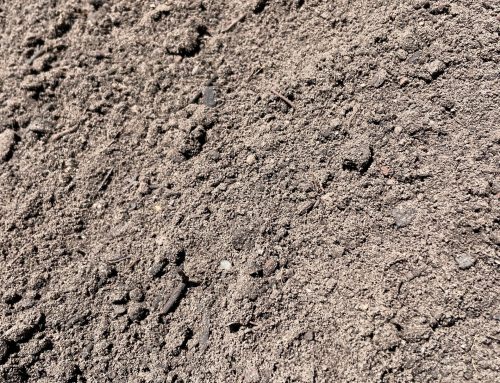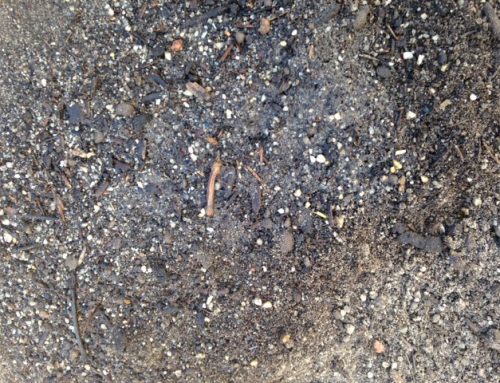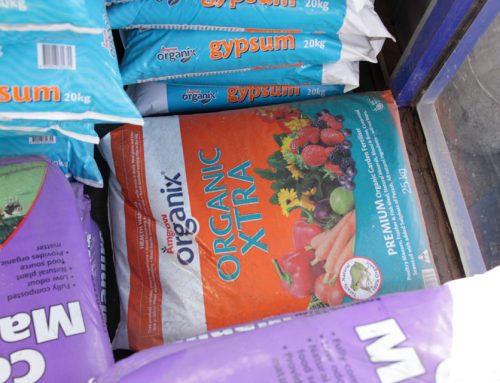Project Description
Mushroom compost is a viable and useful by-product of mushroom farming. This growth medium is a mixture of agricultural materials, such as straw from horse stables, hay, poultry litter, ground corn cobs, cottonseed hulls, cocoa shells, peat moss, and other natural organic substances.
These products are formed into a rich organic medium that serves as the nutrient source for mushrooms. After the mushroom crop is harvested, this organic material is removed from the production house, where it is processed into a consistent homogeneous by-product called “mushroom compost.”
How does compost improve the soil?
In general, a good organic compost, if used properly can improve plant growth in poor or marginal soils. This is because compost amended into those soils will improve the structure of clay soils, reduce surface crusting and compaction and therefore improve drainage, increase beneficial soil microbial activity, and provide nutrients to plants which can reduce the need for fertilizer. Overall, compost can be very beneficial to the soil, and mushroom compost is no exception.
The visual appearance of a good quality, thoroughly processed mushroom compost typically resembles dark topsoil, has a loose friable structure, and has an aroma.
Mushroom compost is a rich source of organic matter and manures.
Dig it into your topsoil, to:
- Increase organic matter levels
- Improve soil moisture retention and improve soil moisture availability
- Provide a range of trace elements and nutrients
- Improve the physical properties of the soil, including its structure, friability and permeability
- Enhance soil microbiology and encourage worms
- Enhance overall soil health by allowing greater aeration
- Reduce soil compaction
- Reduce soil erosion from wind and water
- Please note product may not be suitable for all gardens, contact us before ordering.






